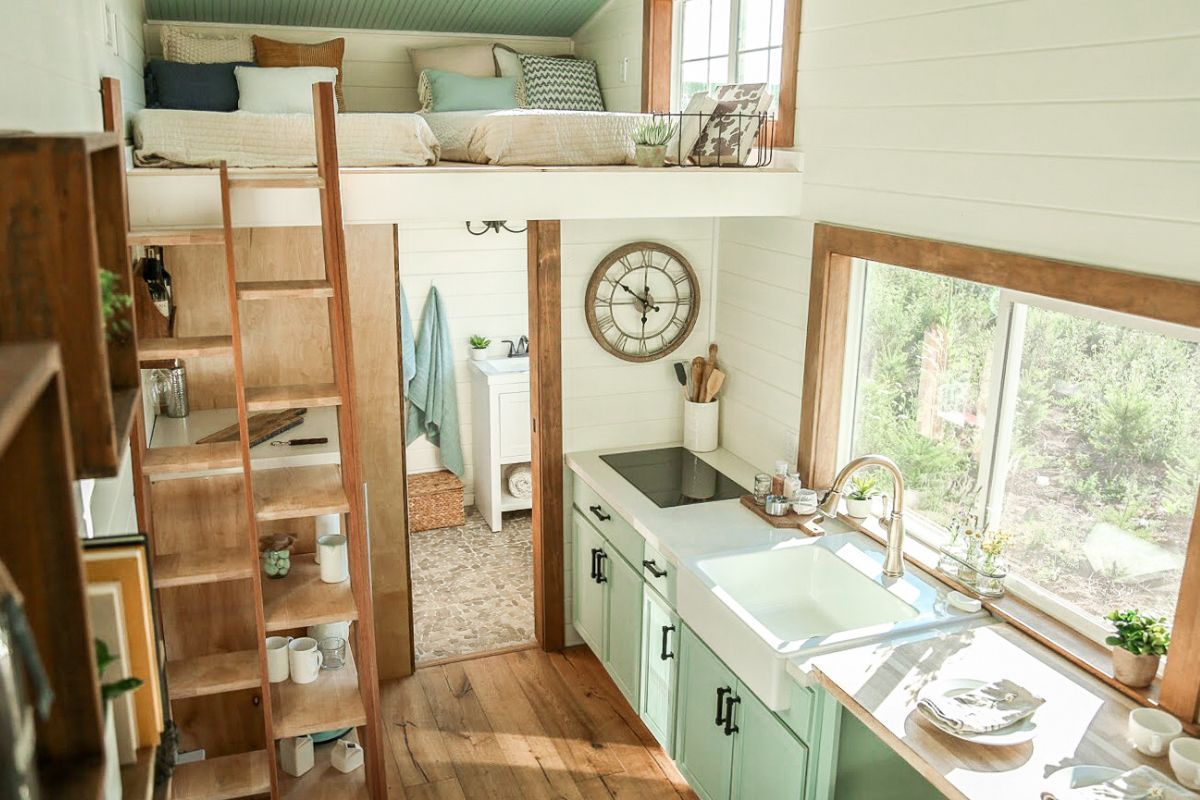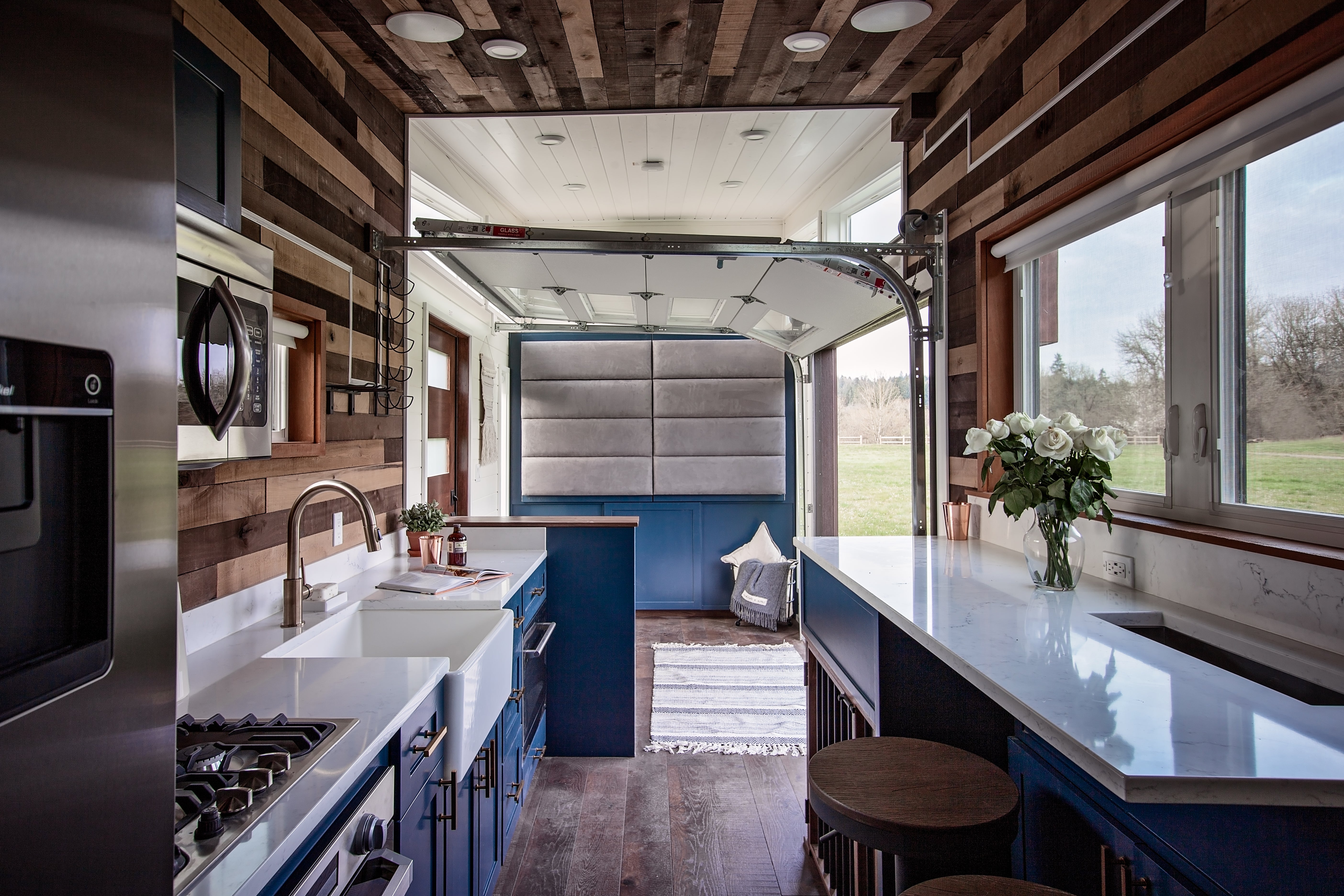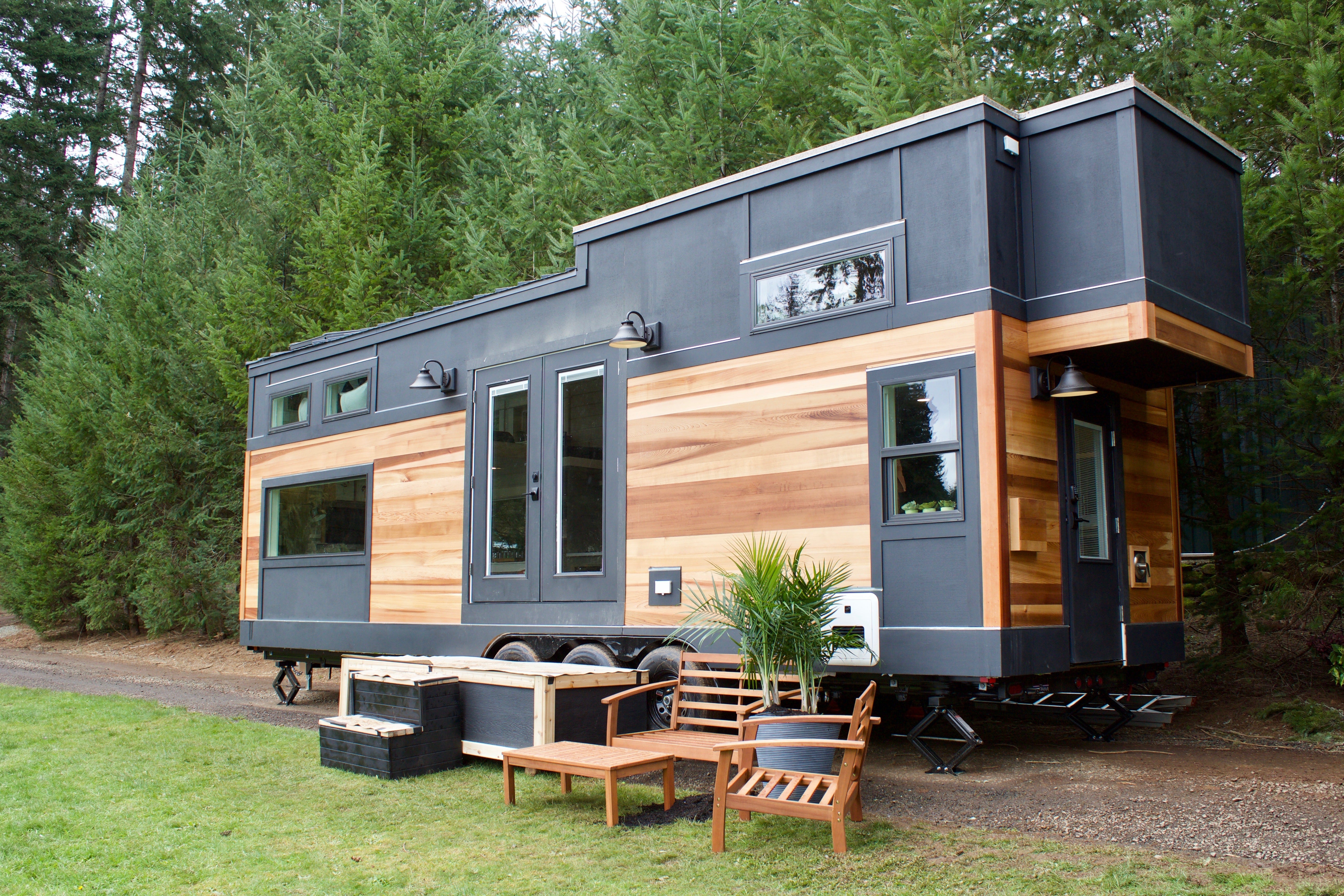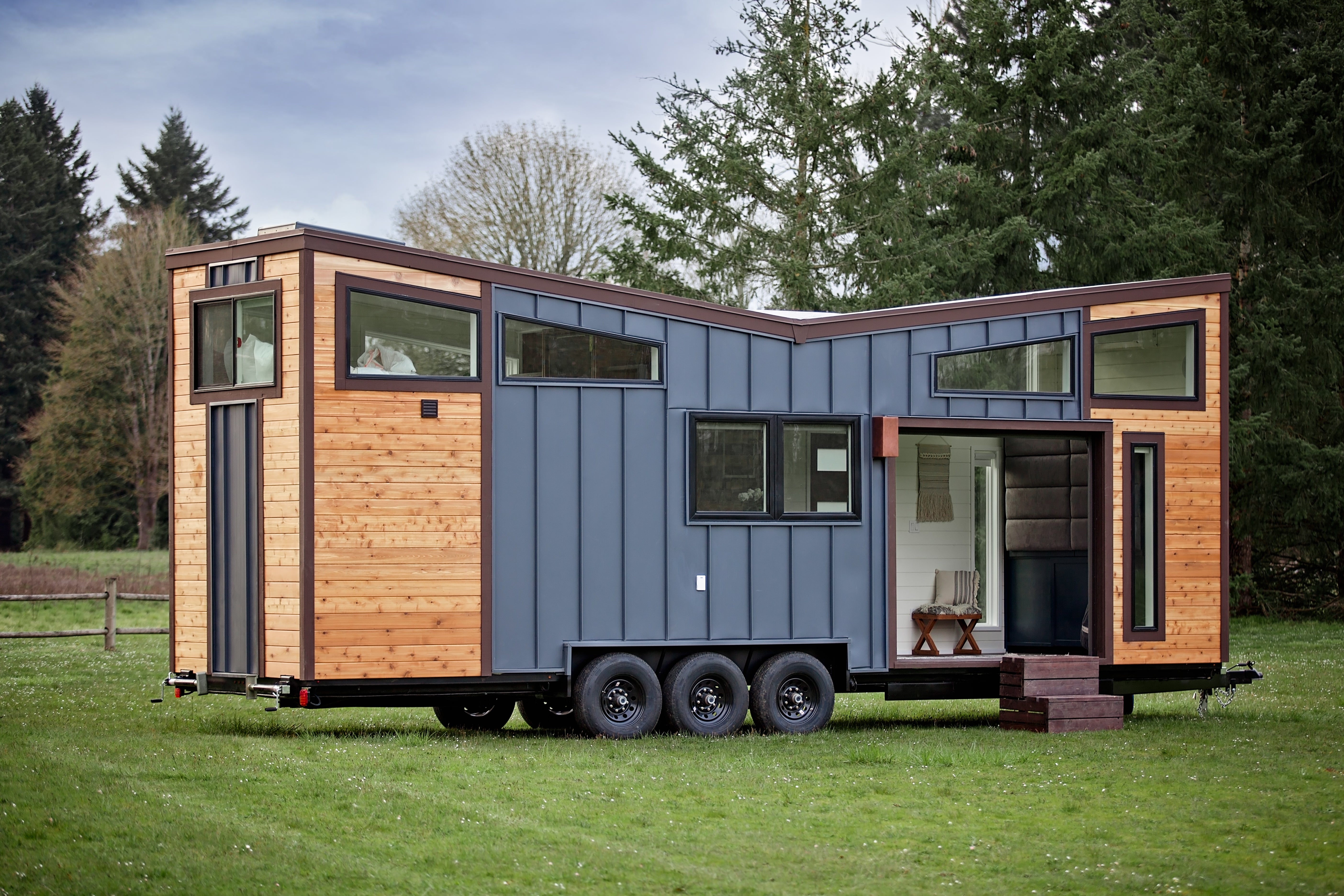Imagine waking up in your peaceful off-grid sanctuary, ready to start your day with a refreshing shower, only to find water trickling weakly from the faucet. Water supply challenges can quickly transform your dream of self-sufficiency into a frustrating experience. Creating a reliable water system for your off-grid home combines thoughtful planning, practical solutions, and regular maintenance.
With the right approach to rainwater catchment, storage tanks, and pressure systems, you can enjoy consistent water flow that rivals conventional homes. Whether you're building from scratch or upgrading an existing setup, these practical strategies will help you develop a dependable water system that supports your independent lifestyle.
Understanding Off-Grid Water Supply Basics
Off-grid water systems differ significantly from their municipal counterparts, requiring a more hands-on approach to ensure reliability. The foundation of any successful system lies in understanding the relationship between collection, storage, and distribution. Unlike city water with its constant pressure, off-grid systems must create and maintain pressure independently. This typically involves a combination of gravity, pumps, and pressure tanks working together to deliver consistent water flow throughout your home.
When designing your water supply system, consider your specific location and needs. Rainfall patterns, usage requirements, and seasonal variations all impact how your system should function. Some off-grid homeowners rely solely on rainwater collection, while others supplement with well water or natural springs. Each source brings unique benefits and challenges to your water management strategy. By gaining clarity on these fundamentals, you can create a system that's perfectly tailored to your situation while avoiding common pitfalls that lead to inconsistent water pressure.
Maximizing Rainwater Collection Efficiency
Rainwater catchment systems offer a sustainable and cost-effective water source for off-grid living. To maximize collection efficiency, start with your roof. Metal roofing provides the cleanest runoff and greatest durability, though other materials can work with proper filtration. A modest 1,850 sq. ft. catchment area can harvest approximately 313,800 liters (about 69,026 gallons) annually, depending on local rainfall patterns. With this potential abundance, proper collection becomes crucial. Ensure all gutters slope properly toward downspouts, with a minimum gradient of 1/4 inch per 10 feet to prevent water pooling. Well-designed gutter guards also prevent debris from clogging your system and contaminating your water supply.

First-flush diverters represent an essential yet often overlooked component of efficient rainwater systems. These clever devices divert the initial rainfall that carries dust, bird droppings, and other contaminants away from your collection tanks. By investing in quality diverters, you'll significantly reduce the burden on your filtration system while improving overall water quality. Position your collection points to maximize capture during both light showers and heavy downpours, ensuring you don't waste a single drop of this precious resource.
Designing Optimal Storage Solutions
Storage tanks form the heart of your off-grid water system, serving as the reservoir between collection and use. When selecting tanks, consider both material and placement carefully. Polyethylene tanks offer affordability and versatility, while concrete cisterns provide durability and natural cooling. Stainless steel options, though pricier, deliver outstanding longevity with minimal maintenance requirements. Whichever material you choose, ensure it's food-grade and UV-resistant to maintain water quality over time.
Strategic tank placement can dramatically improve system performance. Elevating storage tanks can utilize gravity to create water pressure; for every foot of elevation, approximately 0.43 PSI is gained. This means a tank raised just 10 feet provides about 4.3 PSI—enough for basic flow but below the ideal household pressure of 40-60 PSI.
In situations where elevation isn't sufficient, water booster pumps are used to enhance pressure to comfortable levels without requiring excessive tank height. Complement this system with pressure tanks for optimal performance. Additionally, consider connecting multiple tanks in series rather than using a single large container, making maintenance simpler and providing redundancy if one tank needs servicing.

Maintaining Consistent Water Pressure
Achieving consistent water pressure in off-grid systems requires a thoughtful combination of technology and design. Pressure tanks work alongside pumps to maintain a steady flow, storing pressurized water that's released when you open a faucet. This arrangement reduces how often your pump cycles, extending its lifespan while ensuring immediate pressure when needed. For optimal performance, size your pressure tank according to your pump's flow rate and your household water demands.
Variable speed pumps offer a game-changing solution for off-grid homes with fluctuating water needs. Unlike conventional pumps that run at full capacity regardless of demand, these smart devices adjust their operation based on current usage. When you're just washing hands, the pump runs gently; when someone showers, it increases power automatically. This responsiveness not only improves pressure consistency but also reduces energy consumption—a crucial consideration for solar-powered homes. Adding pressure-reducing valves at strategic points can further refine your system, ensuring that distant fixtures receive appropriate pressure regardless of elevation changes throughout your property.
Water Filtration and Purification Methods
Ensuring your off-grid water supply remains clean and safe requires a multi-stage approach to filtration and purification. Begin with coarse filtration at the collection point to remove larger particles, progressing to finer filters that trap sediment down to 5 microns. For drinking water, incorporate activated carbon filters to address taste and odor issues, followed by either UV sterilization or reverse osmosis systems to eliminate biological contaminants. This layered approach preserves your system's longevity while protecting your health.

The debate between whole-house filtration versus point-of-use systems continues among off-grid enthusiasts. While whole-house systems offer convenience, they require more energy, and filtering water used for toilets and irrigation may be unnecessary. Point-of-use filters at key locations like kitchen sinks and showers provide targeted purification where it matters most. Many successful off-grid homes implement a hybrid approach, using basic filtration for general household water and advanced purification specifically for drinking and cooking. This balanced strategy maintains water quality while conserving resources and reducing maintenance demands.
Troubleshooting Common Pressure Problems
Even well-designed water systems occasionally face pressure issues. Low pressure often results from clogged filters, pipe restrictions, or pump problems. Establish a regular maintenance schedule, check and clean filters monthly, and inspect your pump system quarterly. Air locks in pipes can cause pressure fluctuations; installing automatic air release valves at high points in your plumbing prevents this common issue. For systems experiencing pressure drops during high demand, consider adding a larger pressure tank or implementing a demand-triggered secondary pump for those peak usage moments.
Seasonal changes bring unique challenges to off-grid water systems. Freezing temperatures can damage pipes and pumps, while summer heat increases water demand while potentially reducing supply. Insulate all exposed components thoroughly and consider heat tape for critical sections in cold climates. During dry seasons, implement water conservation measures and monitor tank levels closely. By anticipating these seasonal variations and preparing accordingly, you can maintain reliable pressure year-round, ensuring your off-grid water system performs flawlessly regardless of external conditions.
Looking Forward: Smart Technology for Off-Grid Water Systems
The future of off-grid water management is becoming increasingly intelligent as solar-powered monitoring systems enter the market. These innovative solutions provide real-time data on water levels, pressure readings, and even water quality metrics—all accessible from your smartphone. By integrating smart controllers with your existing system, you can receive alerts before problems arise and automate routine maintenance tasks. Although this technology requires an initial investment, the long-term benefits of preventing system failures and optimizing performance make it worthwhile for many off-grid homeowners.
As you refine your water system, remember that reliability comes from both thoughtful design and consistent attention. The journey to creating a truly dependable off-grid water supply combines traditional wisdom with modern innovation, resulting in a system that delivers comfort and convenience while maintaining your independence from municipal infrastructure. With each improvement, your off-grid home moves closer to providing the perfect balance of sustainability and modern comfort that makes this lifestyle so rewarding.






Share: